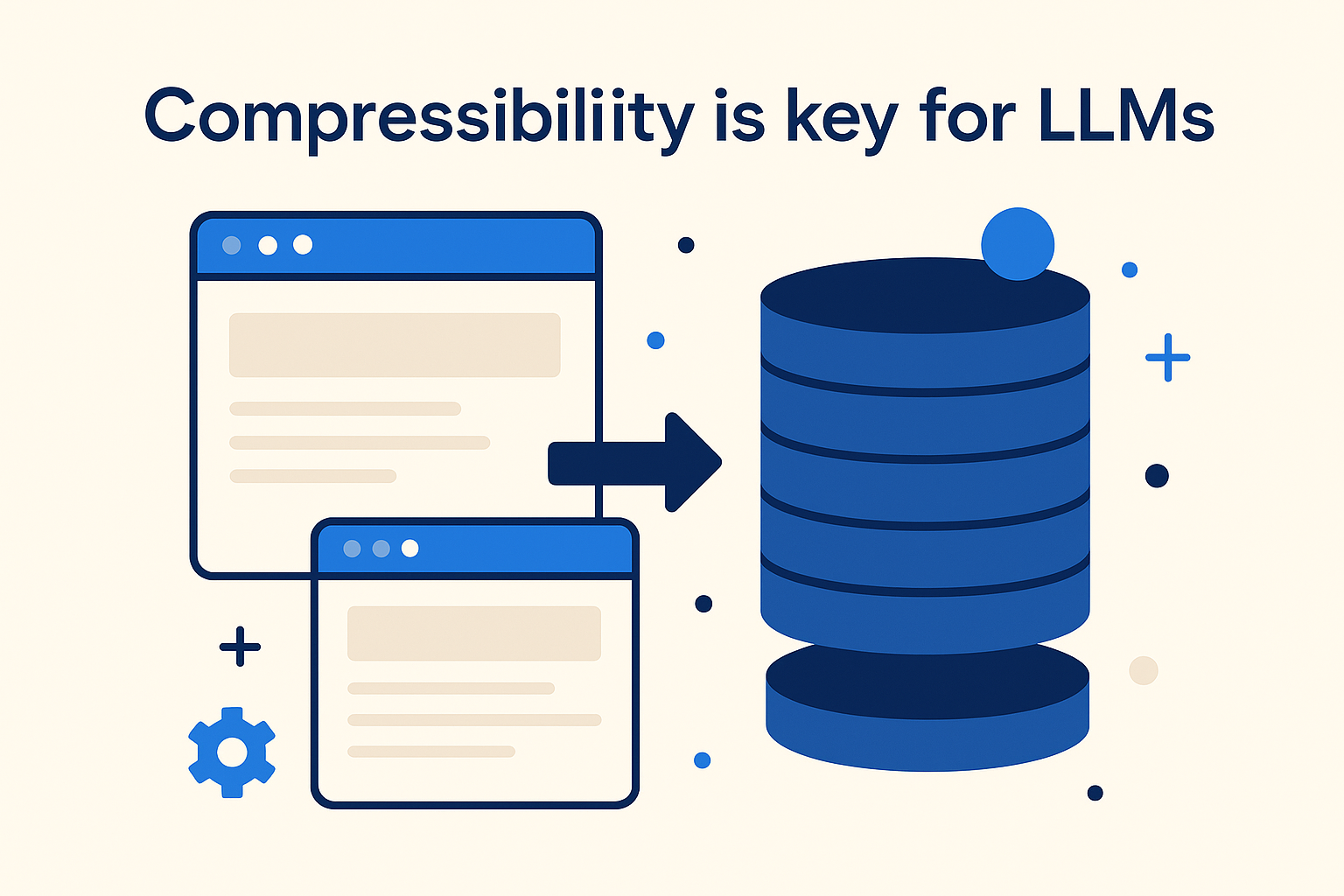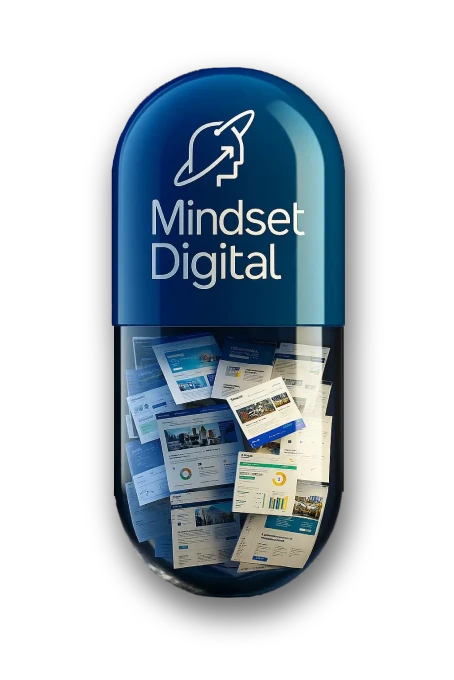Introduction: The New Invisible Metric of Content
In traditional SEO, good content was the one that answered a search intent effectively. In SEO for LLMs, good content is the one models can convert into a useful vector.
ChatGPT, Claude, Gemini, and Perplexity do not store your text. They transform it into embeddings—mathematical representations that capture relationships between ideas. What matters is no longer your style, persuasion, or narrative talent. What matters is your semantic density.
This change is profound: content no longer competes for keywords, but for vector space.
What an Embedding Captures (and What It Doesn’t)
An embedding does not record your tone, your storytelling, or your rhetorical devices. It records conceptual patterns, not decoration.
An embedding captures:
- Relationships between concepts (how you connect ideas).
- Semantic cohesion (internal logical consistency).
- Topical density (little dispersion, strong focus).
- Absence of noise (no filler, no digression, no redundancy).
An embedding does NOT capture:
- Literary style.
- Length by itself.
- Emotional tone.
- Unnecessary metaphors.
- Classic on-page SEO tricks (density, forced variations, etc.).
It’s a paradox: what once made content “beautiful” can now make it invisible to the model.
The Revelation: The Best Content Is the One That Compresses Well
An LLM processes your content as if “flattening” it into a vector. If your text contains semantic noise, contradictions, or irrelevant paragraphs, the resulting vector is weak. If the text is clear, compact, and conceptually structured, the vector is sharp and robust.
The new optimization is compressibility optimization: how much useful knowledge fits inside a vector.
How to Create Content That Indexes Perfectly Into Vectors
1. Remove Decorations That Don’t Add Meaning
Models penalize “flowery” content because it dilutes the embedding. You don’t need to write robotically, but the idea must dominate the style, not the other way around.
2. Organize Your Concepts as a System, Not as a Text
LLMs reward topological structure: how ideas connect and reinforce one another. The more systemic the coherence, the more stable the embedding.
Applied example: this article follows a fractal pattern → frame → detail → example → reconstruction. That pattern compresses extremely well into a vector.
3. Reinforce Conceptual Relationships Explicitly
Sentences like:
- “A relates to B because…”
- “This concept derives from…”
- “The general principle is…”
help the LLM draw its internal semantic map.
4. Avoid Epistemic Fragility
Models discard unreliable content or content with internal contradictions. To keep your vector stable:
- Do not exaggerate.
- Do not make unsupported claims.
- Do not switch frameworks halfway through the article.
5. Use Examples That Reinforce Patterns, Not Break Them
A good example is not the most creative one, but the one that repeats the logic of the concept. Embeddings detect useful repetition as a signal of cohesion.
What “Compact Content” Means in Practice

Compact content has three properties:
- High semantic density: each paragraph introduces one key idea.
- High coherence: all concepts belong to the same system.
- Low noise: no filler, no digressions, no unnecessary repetition.
The result is powerful: LLMs choose you more often. They cite you, recombine your knowledge, and integrate your ideas into their responses.
Why This Matters for SEO for LLMs
If your content:
- compresses well,
- vectorizes well,
- is remembered well,
then your authority in generative engines grows exponentially.
You appear more often in:
- generated answers,
- AI Overviews,
- Perplexity citations,
- summaries,
- corporate RAGs,
- detailed explanations.
Practical Application in Advanced Content Strategies
In projects where SEO, applied AI, and content creation coexist within one strategic framework, a text’s ability to generate clear and compact vectors becomes a critical differentiator. Specialized content—when dense, coherent, and noise-free—not only improves human interpretability but also increases its weight inside generative models.
This approach connects naturally with the first article in the series, focused on how LLMs reconstruct meaning from patterns, and sets the stage for the next chapter: how models reward coherent knowledge topologies over isolated pages. Understanding this progression is key to designing content ecosystems that work for both traditional search engines and generative engines.
Conclusion: The Vector Is the New Ranking
Google ranks pages; LLMs rank vectors. That is the structural difference that will define the next decade of SEO.
The most valuable content is not the most spectacular or the longest—it’s the one that leaves the clearest imprint on the model’s memory. That is the content LLMs reuse, cite, and elevate.
In the next articles, we will continue exploring this new logic of visibility in generative engines—one of the core pillars of SEO for LLMs.


